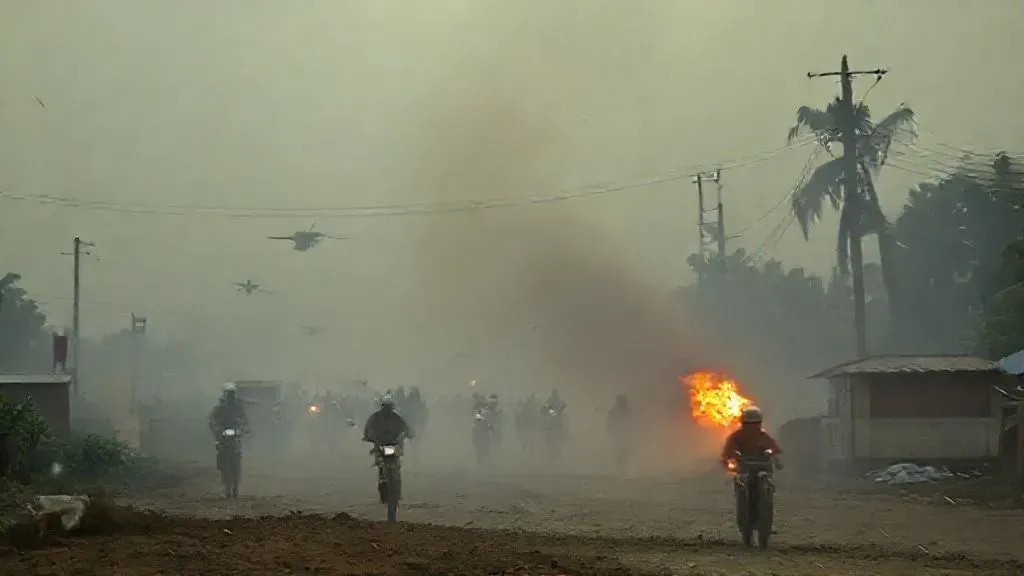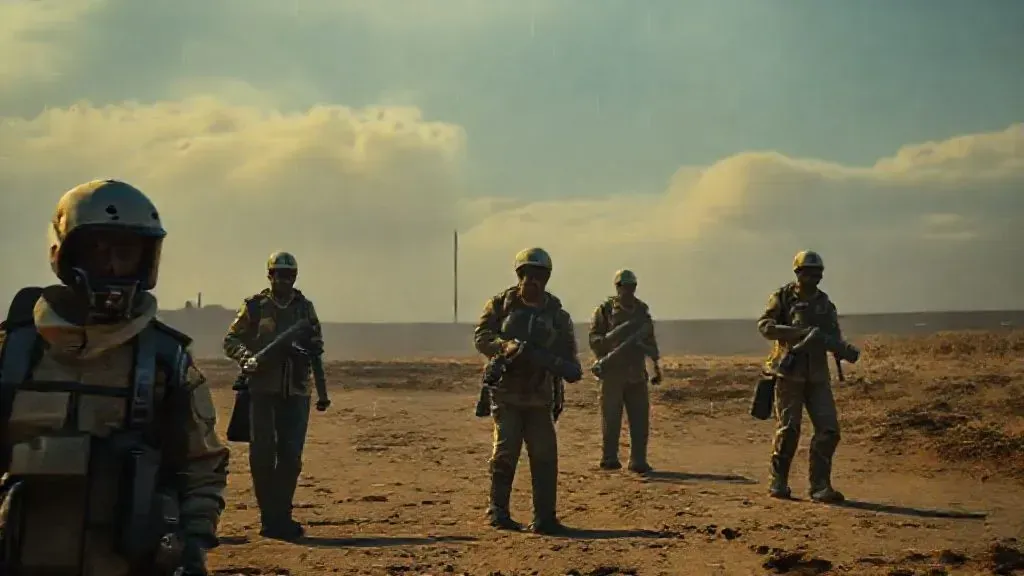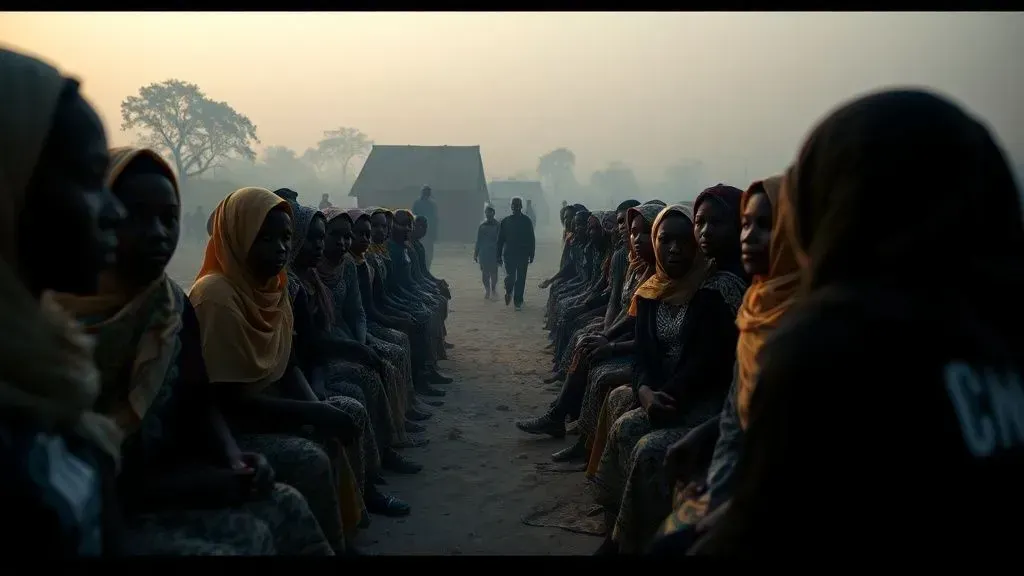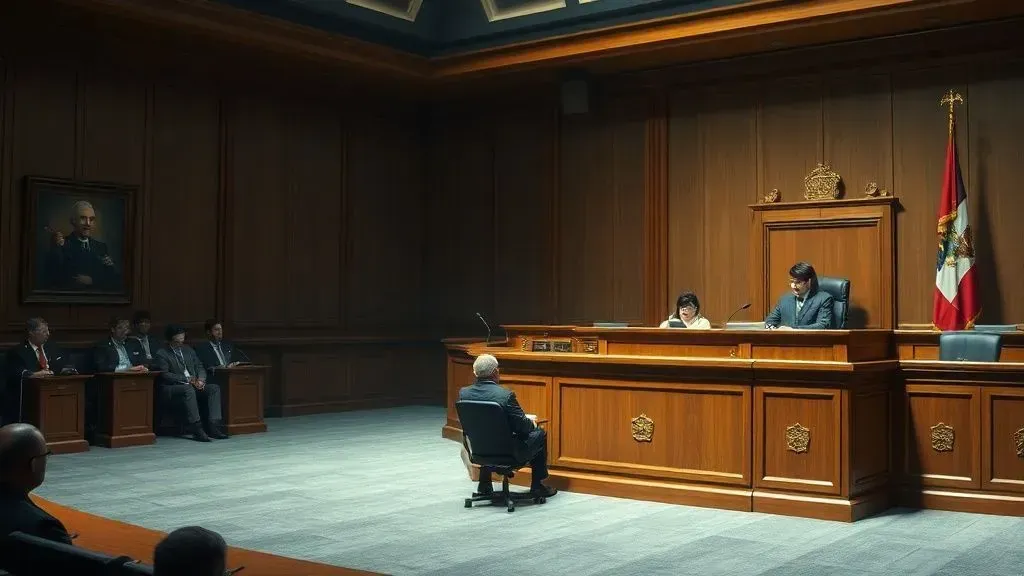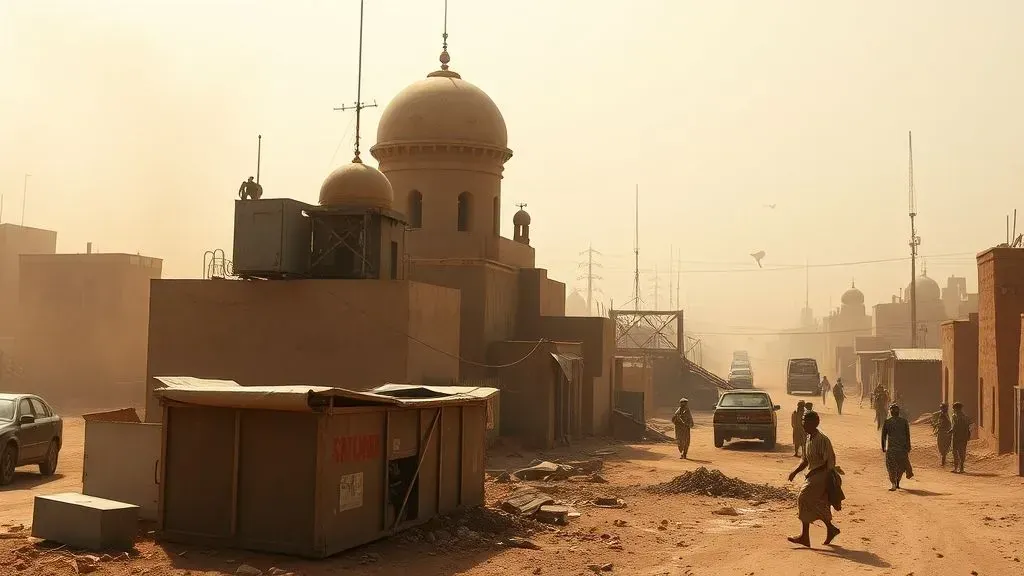
Yale researchers detected red ground stains and body-sized clusters in satellite images taken October 27-28, 2025, signaling unprecedented violence in Sudan's North Darfur.
The Rapid Support Forces captured el-Fasher on October 26, triggering door-to-door executions that left streets soaked.
Over 2,000 non-Arab civilians reportedly perished in the first 48 hours, per local resistance groups.
Sudan's Civil War Context
Sudan's conflict erupted in April 2023 between the Sudanese Armed Forces and RSF paramilitaries.
El-Fasher endured an 18-month siege, fostering famine for 15 months under IPC Phase 5 conditions.
The city's fall marked RSF's total Darfur dominance, raising genocide fears among Fur, Zaghawa, and Masalit groups.
RSF Takeover Timeline
RSF fighters overran the main army base October 27, prompting Sudanese military withdrawal to avoid total ruin.
Communications blackouts followed, stranding 260,000 residents, half children.
Over 26,000 fled westward, braving ambushes toward Tawila camps rife with cholera.
Fleeing Under Fire
Escapees described RSF separating men for execution along a five-month-built encirclement berm.
Women witnessed shootings before advancing alone, per Reuters survivor interviews.
Satellite Imagery Breakthrough
Yale's Humanitarian Research Lab analyzed Maxar and Airbus photos, spotting changes absent October 26 but evident days later.
Reddish discolorations spanned residential zones, matching blood patterns from mass events.
Nathaniel Raymond, HRL director, noted the shock: initial disbelief at blood pools detectable orbitally after 25 years in atrocity monitoring.
Verified Atrocity Sites
Former Children's Hospital showed queued dark objects October 27, swelling to light clusters by October 28—likely detainees turned corpses.
Saudi Hospital grounds held 1.1-1.9 meter white forms amid stains, aligning with 460 patient executions reported.
Berm sites displayed six body groupings near RSF vehicles, confirming flee-kill tactics.
Eyewitness and Open-Source Corroboration
Resistance committees reported liquidations at Saudi Hospital and ministries via graphic social media.
UN rights monitors flagged summary killings on escape routes.
Shayna Lewis of Preventing Mass Atrocities highlighted execution footage circulating widely.
Global Reactions and Calls to Action
Arab states like Saudi Arabia and Egypt decried RSF "horrific violations."
UN chief Antonio Guterres urged ceasefires amid UAE arms accusations.
Yale warned of war crimes, possibly genocide, demanding accountability.
Tech's Role in Accountability
Satellite verification transforms remote crises, enabling precise site mapping for future probes.
Analysts urge real-time monitoring to track RSF advances.
Path Forward for Darfur
El-Fasher's horrors echo Geneina's 15,000 deaths, per prior probes.
With RSF unchecked, ethnic purges risk exploding regionally.
International probes must prioritize survivor protection and aid corridors.
These satellite exposures highlight technology's power to pierce blackouts, compelling swift global response to avert Sudan's deepening catastrophe.
